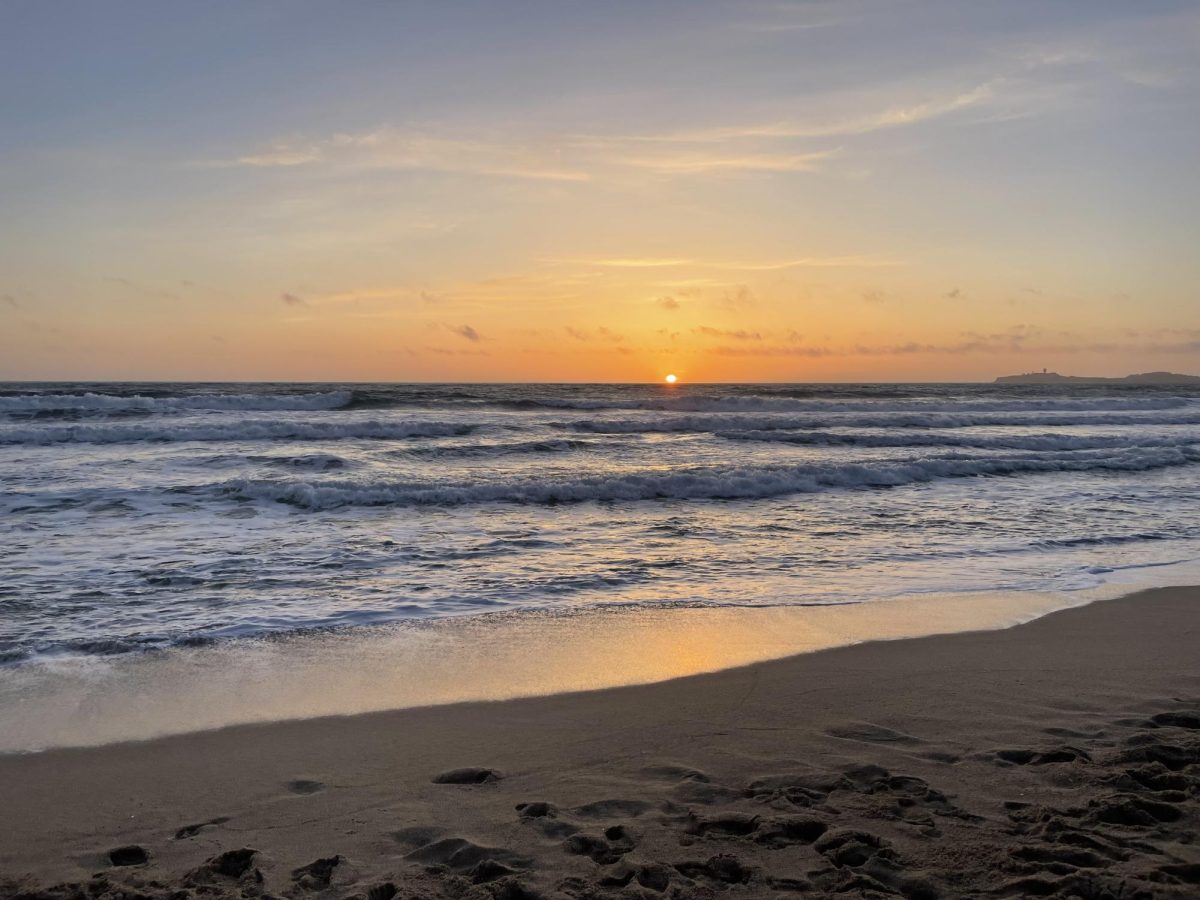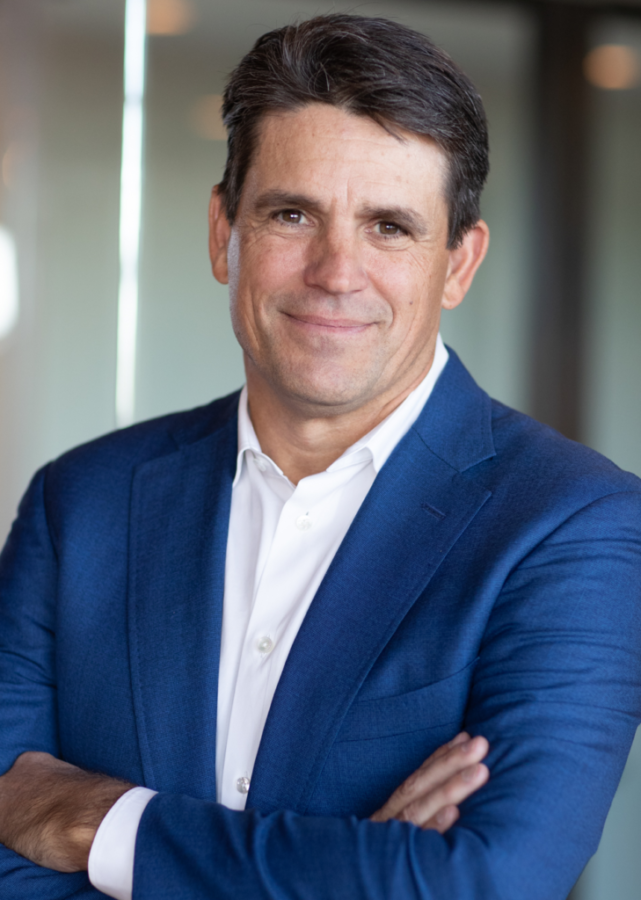WOODSIDE, CA- Woodside students stared hard at their phones’ loading bars, unable to comprehend why their devices wouldn’t let them check their Snapchat or Instagram accounts.
Eventually, either through teacher or rumor, the the news spread to them that the terms of the school wifi had been changed to block access to Snapchat and Instagram, two popular social media apps. The student response was one filled with confusion, annoyance, and even anger.
“It uses data and its really annoying,” senior Carley Knudson told the Woodside World. “Especially when I have a free period and I want to use [Snapchat or Instagram].”
But, while students may think that the ban was intended to punish them for excessive use of the apps in class, the real reason is much different. In fact, what many high schoolers don’t understand is how their app usage has affected the whole district’s network reliability and speed.
“My department (Technology) spoke with principals and district leaders regarding the challenges with bandwidth,” said Ben Fishtrom, Director of technology for the Sequoia Union High School District. “We collectively decided to block SnapChat and Instagram to save bandwidth for the educational and instructional related products we support.”
An email was sent to Woodside teachers by the district on February 14th, passing a similar message: students’ use of these two apps was simply eating up too much of the wifi bandwidth. With some reporting that over half of the wifi’s capacity was being used for this purpose, the district felt that something had to be done.
While Fishtrom commented that they “are committed to providing access to items related to instruction,” he added that the district is “not obligated to provide access to non-instructional applications and services. If students choose to use these services while on our campuses, they will have to detach from the school’s student network and use their own data plans.”
Students who believe that the new wifi policy was implemented to keep them from being distracted by the apps in class argue defiantly that it isn’t fulfilling its purpose, using their own data usage as evidence that the rule can be sidestepped.
“It’s just really annoying because now I have to go off wifi to use it on-campus, so it’s just kind of counterproductive anyways,” junior Justin Swan explained.
While the blockage of access to these apps has helped curb wasted bandwidth on the district’s wifi, it seems to have done little to reduce actual student usage of the apps in class.
This fact is corroborated by teacher Jeffrey Juelsgaard, who, when asked whether he had noticed a decrease in in-class phone usage, commented, “Not a noticeable change, no.”
Students are starting to find back in their own ways and a number of them have downloaded apps that let them sidestep the network restrictions, while still using the school wifi, essentially allowing them to use the banned apps without having to use data.
“It’s a VPN, virtual, private network,” senior Jacob Campbell, a user of these apps, explained. “It works.”
The school and district are aware of this loophole in their wifi block.
“All I can say is we do our best to maintain the integrity of our network and provide the best possible speed for teaching and learning environments,” Fishtrom said.
Other students are fighting the new policy in other ways. Sophomore Phillip Moissis has started a petition on the website change.org, entitled “Get Snapchat and Instagram Unblocked from Woodside Highschool’s Wifi” and set to be delivered to school principal Diane Burbank.
In the description below, Moissis declares that “the student body of Woodside High School are finished with this oppressive decision by the staff of Woodside to block Snapchat and Instagram.”
When asked about why he decided to start the petition, Moissis gave a completely new perspective
“If [the administration is] worried about the bandwidth during classes, then they could unban it during lunch and brunch and after school,” the sophomore proposed.
Regardless of whether the ban will stay or be removed, it has raised important questions about the role of school in students’ social lives and the extent to which they should be able to access social media.
“[Students] have a right to access these apps so that [students] can get their points across and socialize,” Moissis told the Woodside World. “Part of school is learning and then the other part is socializing and making friends.”




